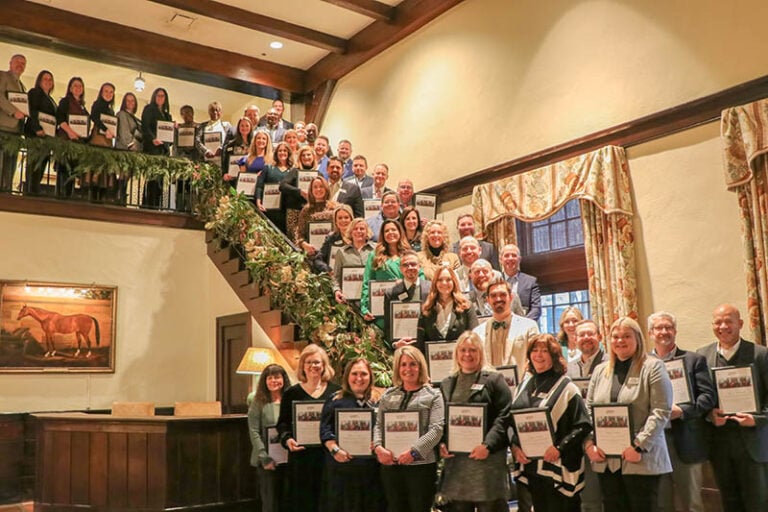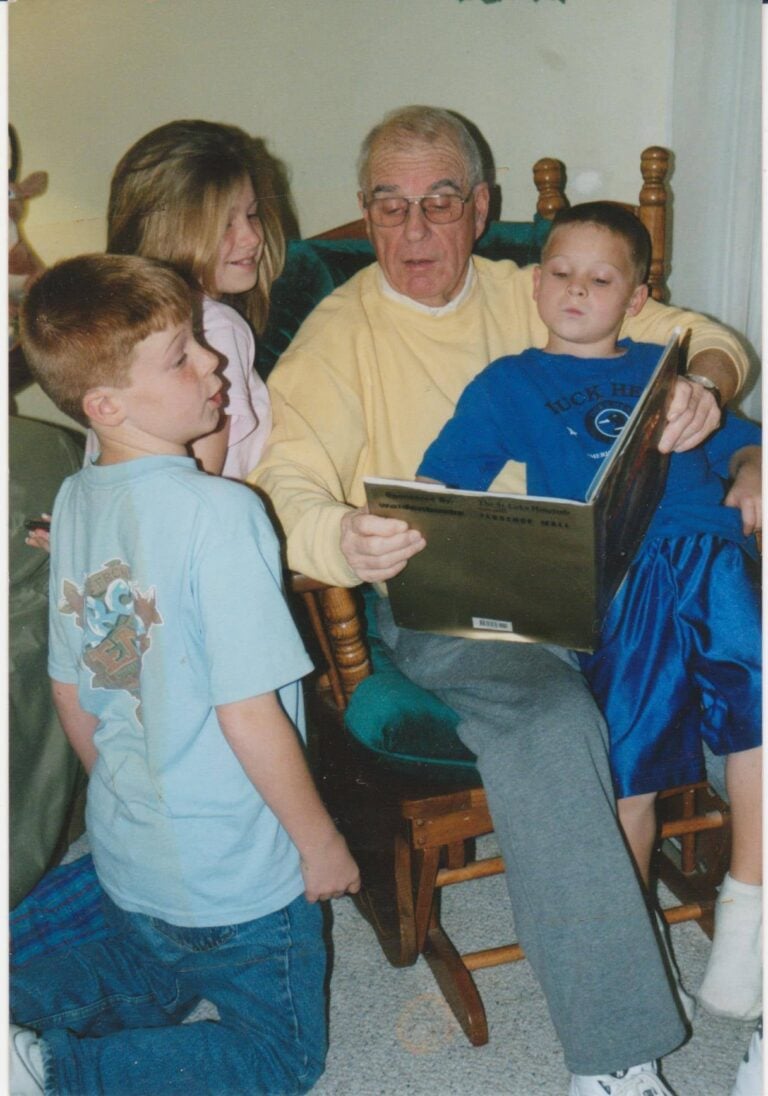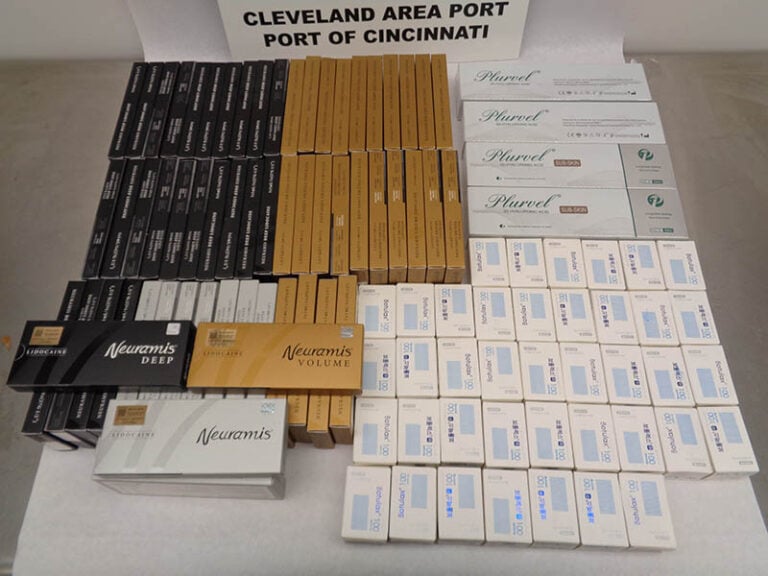Take up running, they said. It’s fun.
OK, I’ll accept that.
It’s easy, they said. Left, right, and don’t forget to smile.
Sounds good. I’d go with simple, though, if not exactly easy.
And it’s cheap — all it takes is a pair of sneakers, shorts, and a t-shirt. You may have to spend a few bucks on the shoes, they said, but that’s all you need.
Of course, that you shouldn’t believe for a minute. Oh sure, you’ll be good to go for a quick run or two around the block, or if you’re jumping on the treadmill at the gym. But serious — or even semi-serious — running? You may need a few more items.
So consider the following a partial list of items you’ll wind up buying over the years. It’s not stuff you’ll go out and buy all at once, but things you will find that come in handy as you keep running, and as spring turns to summer, which turns to fall, which suddenly becomes winter. And now that we’re in the season of winter, which brings the holiday season, consider this column as a gift guide for the runner in your life. Even if that runner is you.
Just one request about shopping: Buy local. Northern Kentucky/Greater Cincinnati is blessed with a number of locally-owned running shops. I’m not going to name any here — I have my preferences, but all the ones I have been in are well-run and friendly, and more are opening all the time.
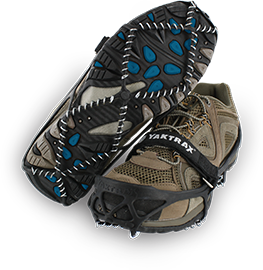
The local stores are either owned by or employ people who are actually runners and know what they are talking about. Sure, they want to sell you stuff, but more importantly, they want to sell you the right stuff, and they want to keep you coming back for more.
Because you will need more. You always will.
So, let’s start with that simple pair of sneakers. It’s not really a matter of walking into a shoe store and buying a pair of Nikes. (Although there is nothing wrong with Nikes. They just may not be for you.)
In addition to needing to know your size, you’ll be asked: Do you overpronate or underpronate? (That’s the amount your foot turns inward as you strike the ground.) Do you heel strike or forefoot strike? How much cushioning do you want? At a good running store, they’ll not only have you try on shoes, but watch as you run in them.
As for the shirt and shorts, soon, you may discover that your old cotton t-shirts cause chafing, blistering, or in men, the dreaded bloody nipples. So you’ll need some dry-fit, or so-called technical, shirts. Of course, after a few races or so, you won’t need to buy any of these, as many races give them away or sell them at a low price. In the beginning, take advantage of these. Later, you’ll find you have way more than you’ll ever need.
Women, of course, will need to buy a special sports bra. Here’s another advantage of a local running store: Many have experts on hand for bra-fitting, to make sure you get the right style and shape for your shape.
Both sexes will need a hat, or visor, to keep the sun and sweat out of your eyes.
Of course, because you’re serious about this running, you want to keep track of how far you’ve gone and how fast. That’s where a watch comes in. Have you ever seen the start of a race, when all the runners are leaning forward, with their right hand resting close to their left wrist? They’re all waiting for the starting gun to take off — and to press the button on their watches, so they can keep track of their time, pace, distance, elevation changes, and in some cases, heart rate and stride rate (the number of steps taken per minute of running). Garmin is the most popular brand, but others are available.
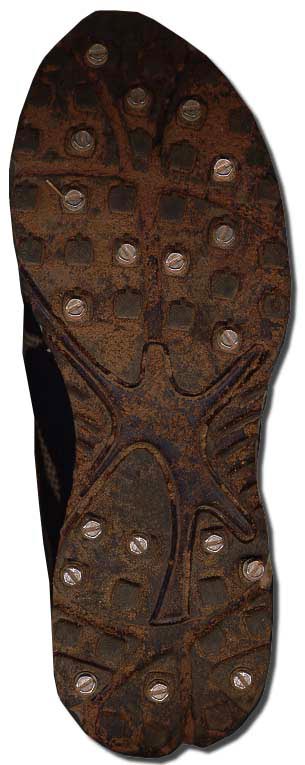
Now, let’s assume you started running in the fall, when the weather was warm and glorious. But it’s getting colder in late fall, so you’ll need a few long-sleeve technical t-shirts. (fall races may give these away.) And, sooner or later, some tights will come in handy to keep your legs warm in the cooler temperatures.
Quickly, you’ll discover you also need gloves, along with a warmer hat, or earmuffs. As the temperatures go down further, a running vest or jacket will come in handy. So will a face mask, or balaclava. Often, you’ll need a second pair of tights. And warmer socks.
Oh, did I not mention socks? Yeah, special running socks — not cotton — are needed. You want to baby your feet as you pound out the miles. You can also buy waterproof socks to keep out the rain and the snow.
Speaking of rain and snow and ice, you’ll need to do something during a snowstorm to keep from slip, sliding away. Yaktrax — a studded rubber-and-steel contraption that slips over your shoes — is a great invention. Or, you can do what veteran runners do: Get an older pair of shoes and screw sheet-metal screws in the bottom.
It’s also getting darker earlier on these colder fall days, but that’s no excuse to stop running outdoors. You will need a headlamp, though, a lighted vest, and perhaps some blinky lights. Not only do you need to see where you’re going, but you need to be seen.
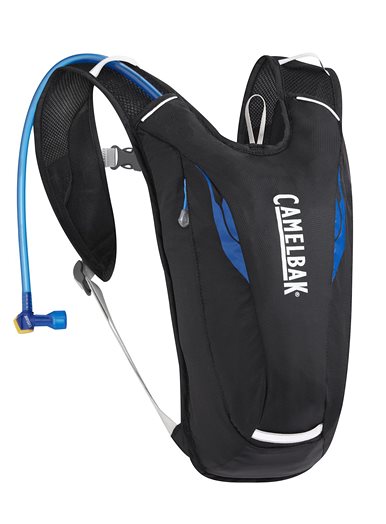
OK. So let’s assume you have survived a winter of running, and a few races. Spring is coming, and you’re training for longer runs — perhaps even a marathon. So now you will definitely need some hydration help: A hand-held water bottle, which has a strap that goes around your hand, is a great thing. Or you may prefer a CamelBak vest, which allows you to carry water on your back, with a straw to drink from. You might prefer a belt of some kind to carry not only water bottles, but your GU and jelly beans — runners’ food to replenish you on those long runs.
But wait, there is more. Perhaps your calfs are starting to ache a bit, what with all those hills you’re running. Calf sleeves or calf socks are a great way to ease the cramps that bother you from time to time.
And say your arms are a bit cold at the start of a run, but a long-sleeve shirt is too much about halfway through? Arm sleeves are the answer! Runners swear by these, as you can easily remove them during a run and loop them onto your belt or stash them in your CamelBak.
Soon though, you may find those long run are nice, but a bit boring, so you decide to start running trails through the woods. Of course, you’ll need trail shoes — well, you may not really need them, but you want them. And you know what would be nice? A second pair of regular running shoes so you can alternate them on your runs. And, perhaps, a another pair of shoes for those track and speed workouts.
And soon, another chest of drawers to keep all these new clothes and toys.
Next? How about a nice place to store all those running medals and bibs …
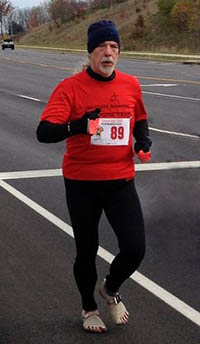
Paul Long writes weekly for the NKyTribune about running and runners. For his daily running stories, follow him at dailymile.com or on Twitter @Pogue57











